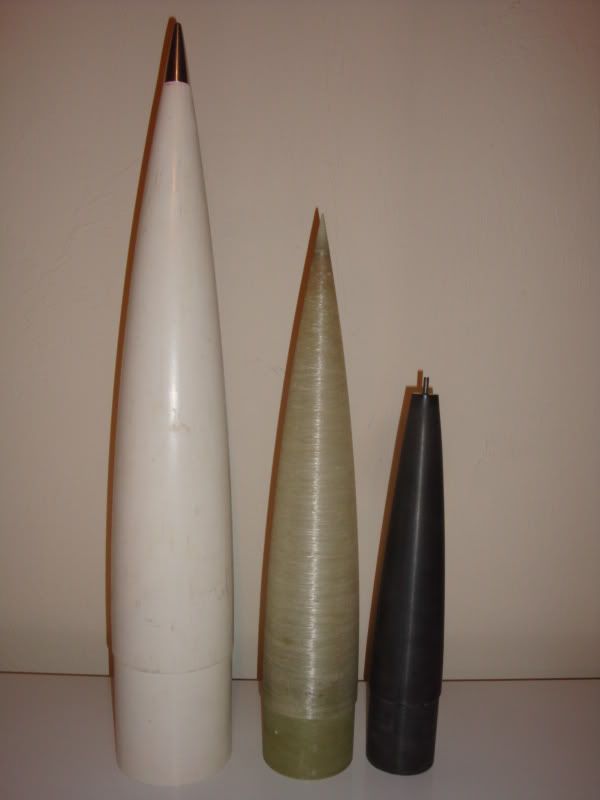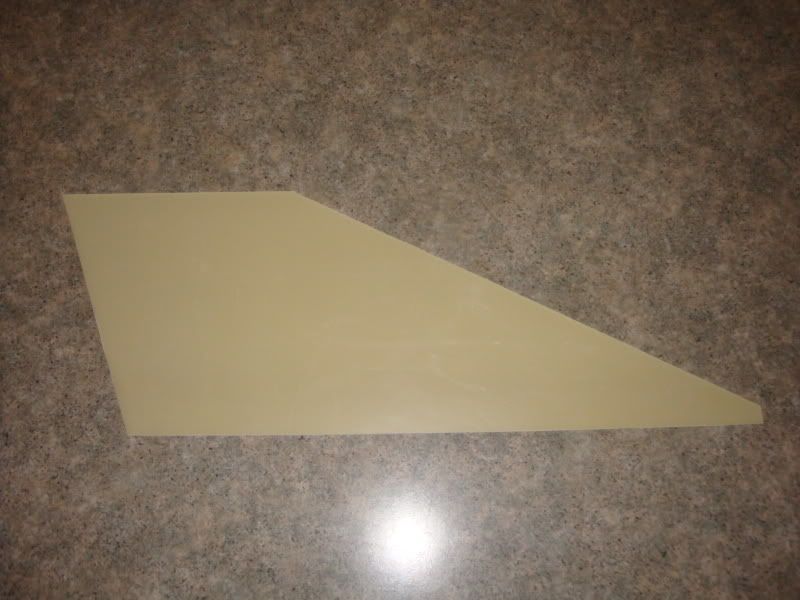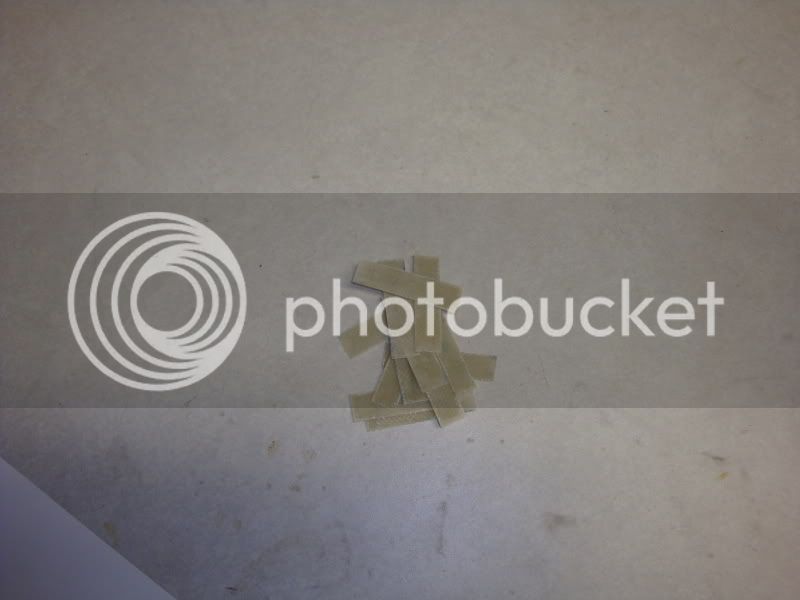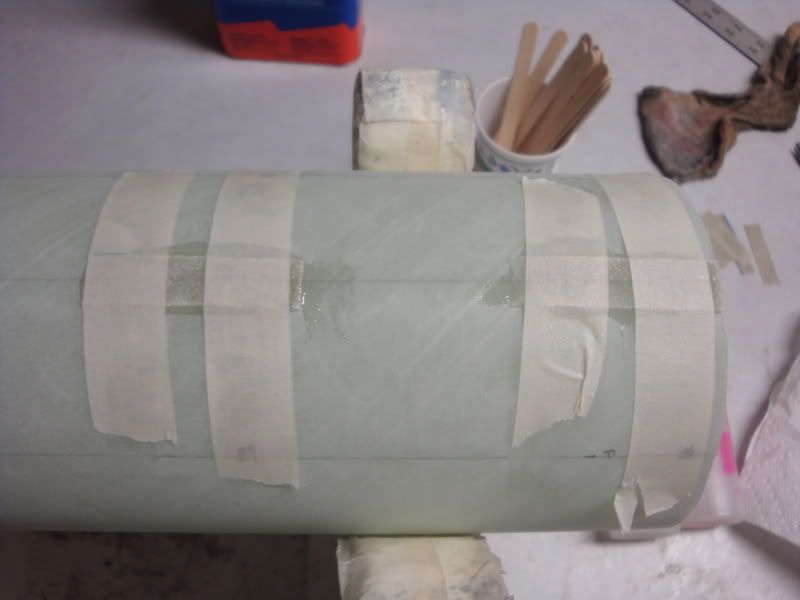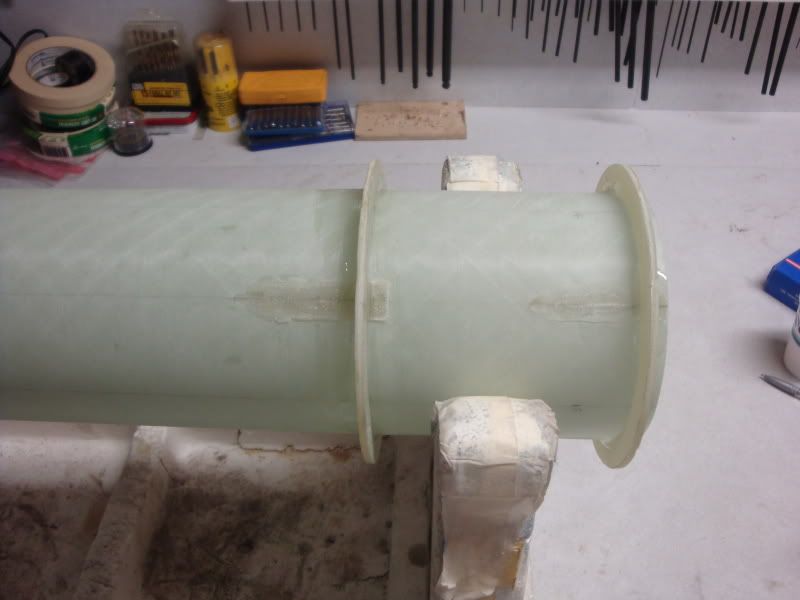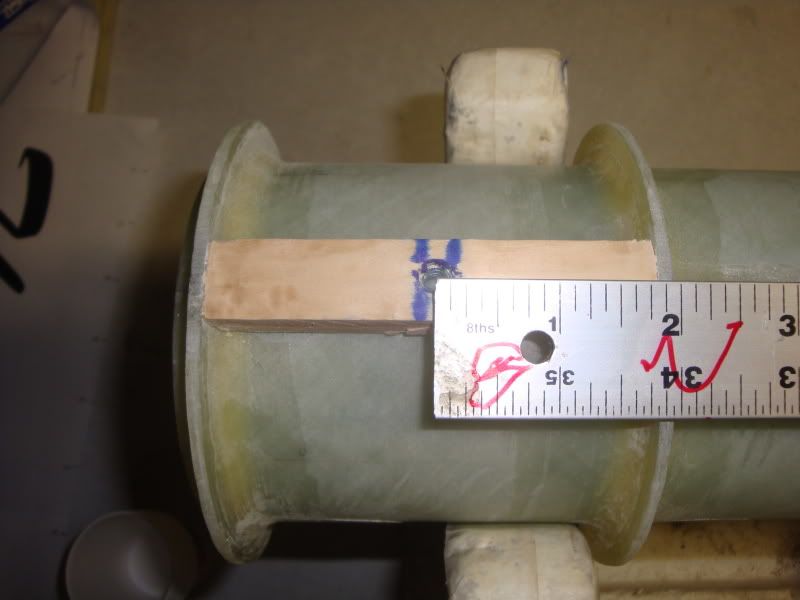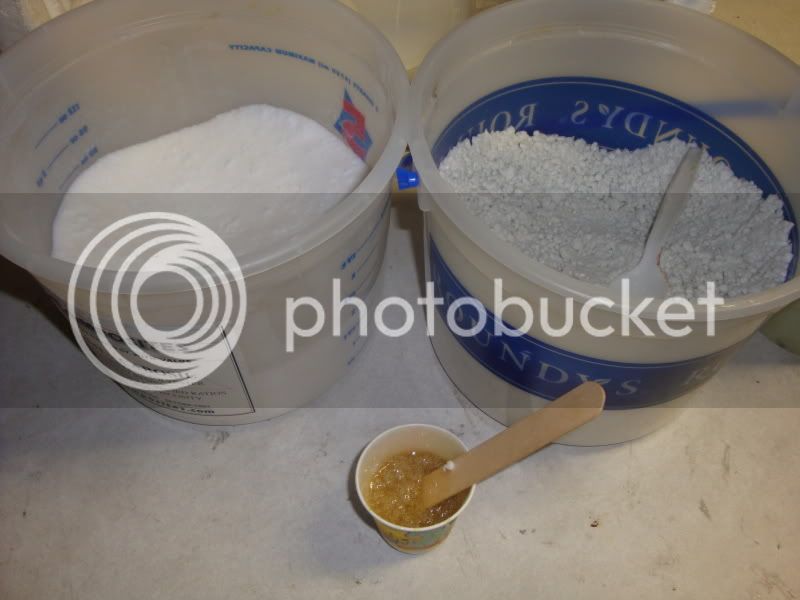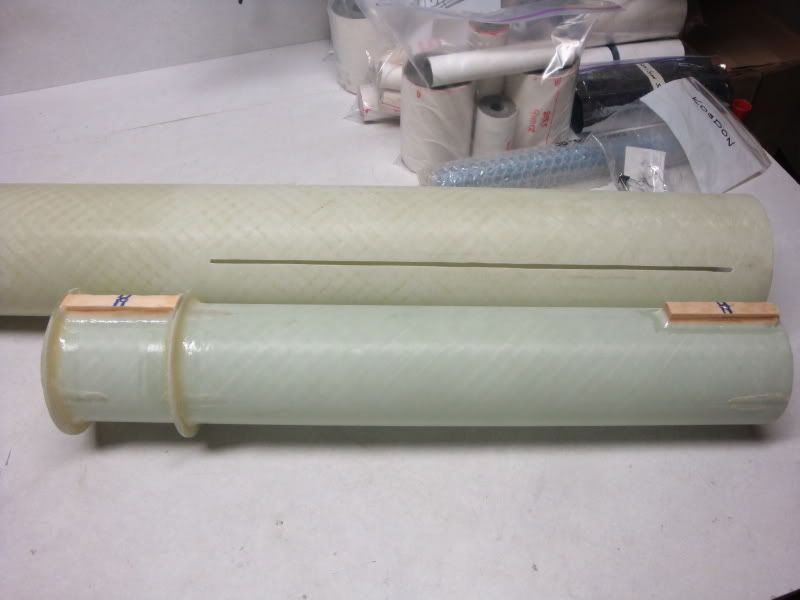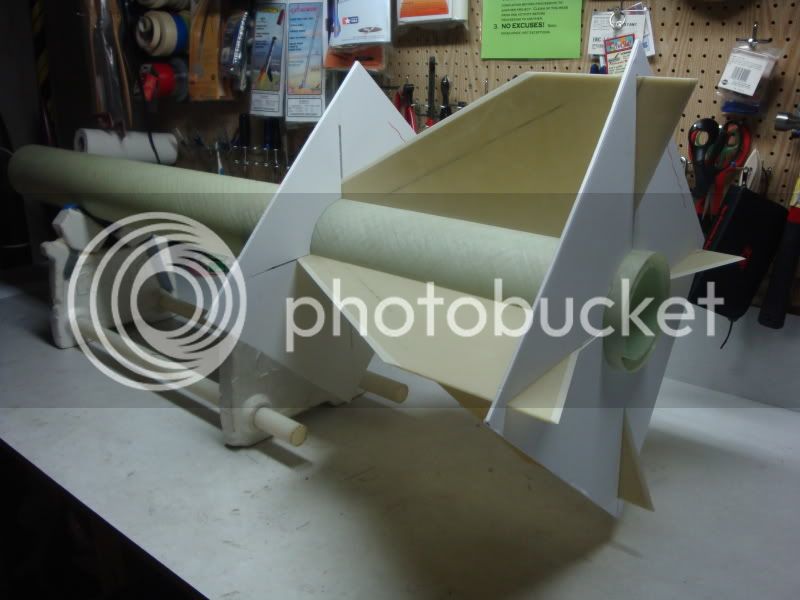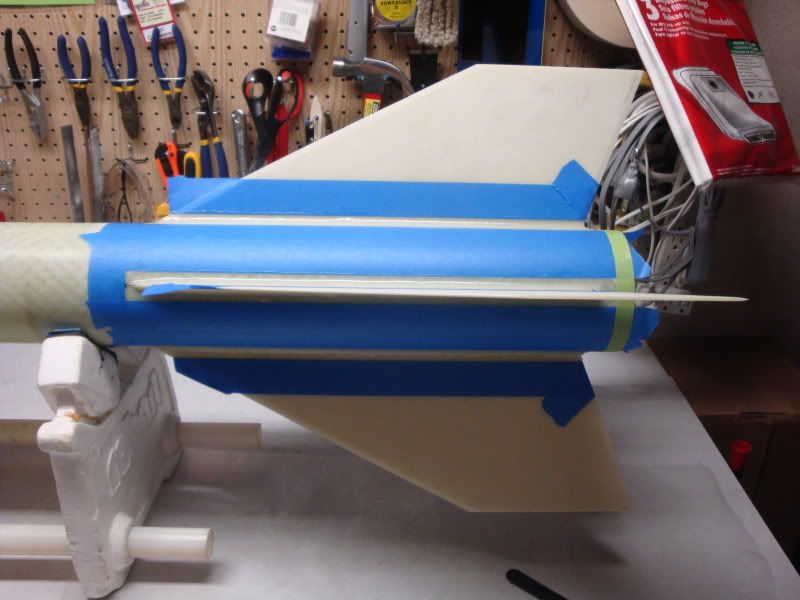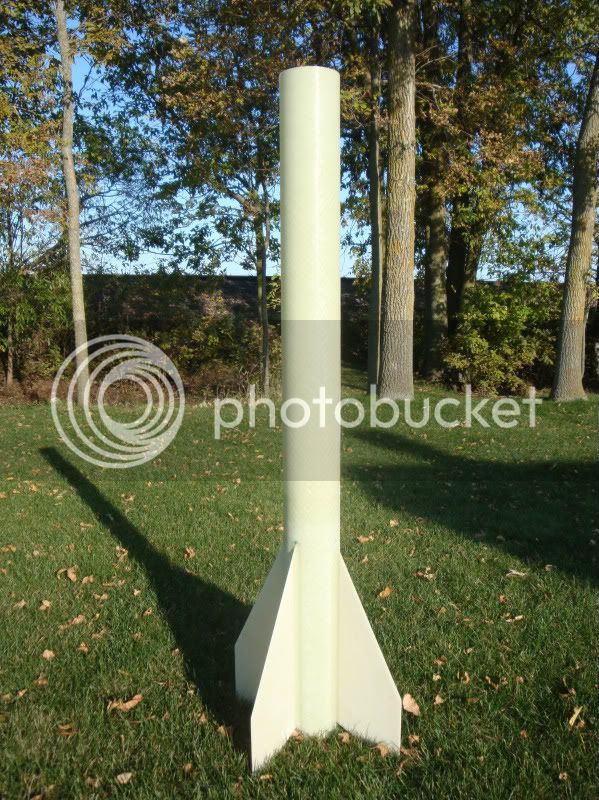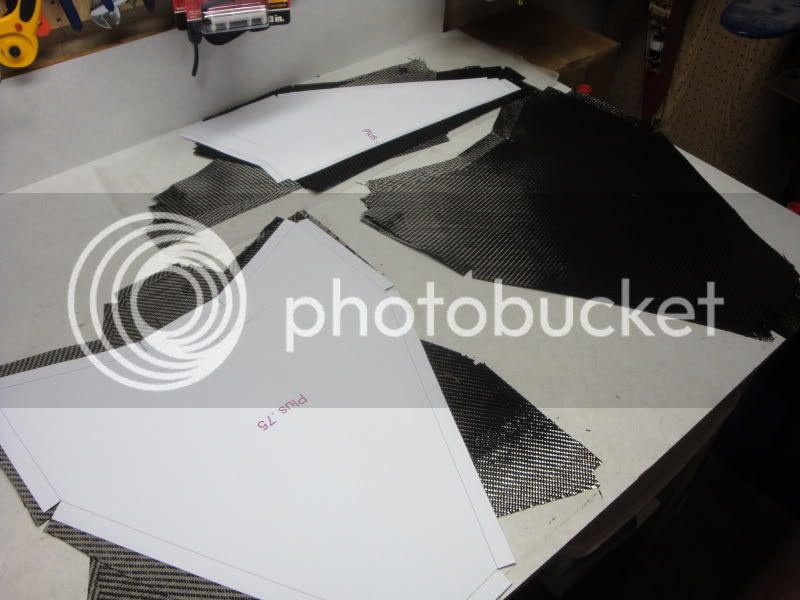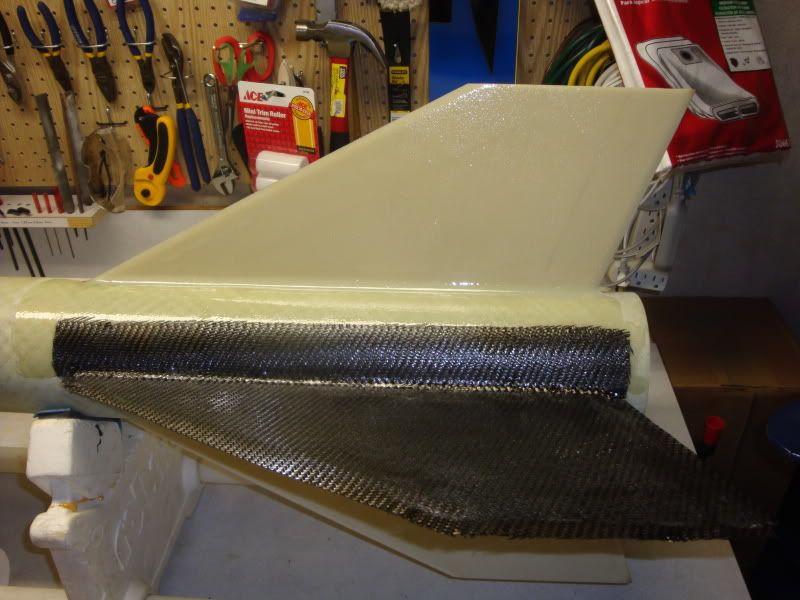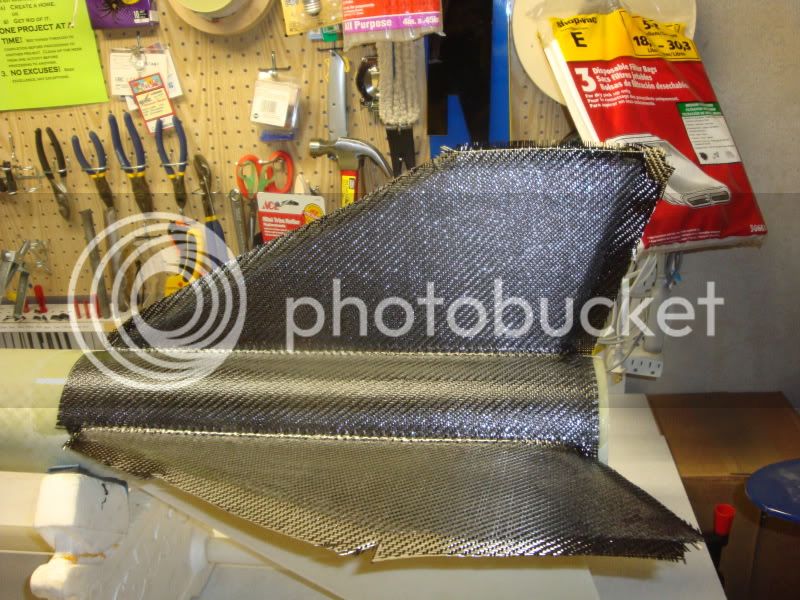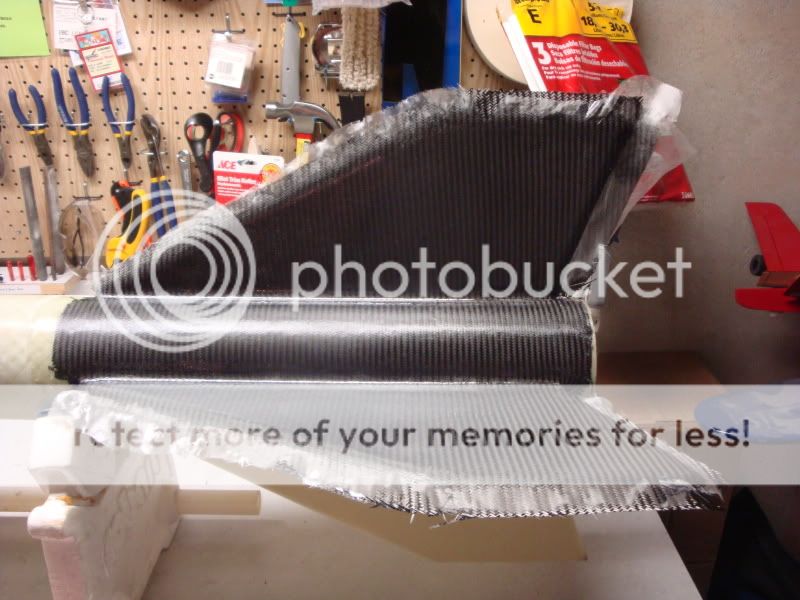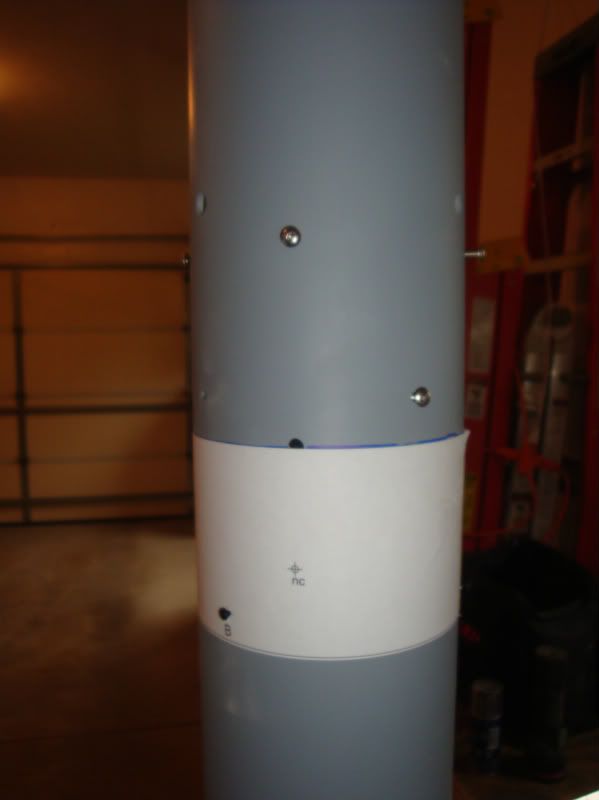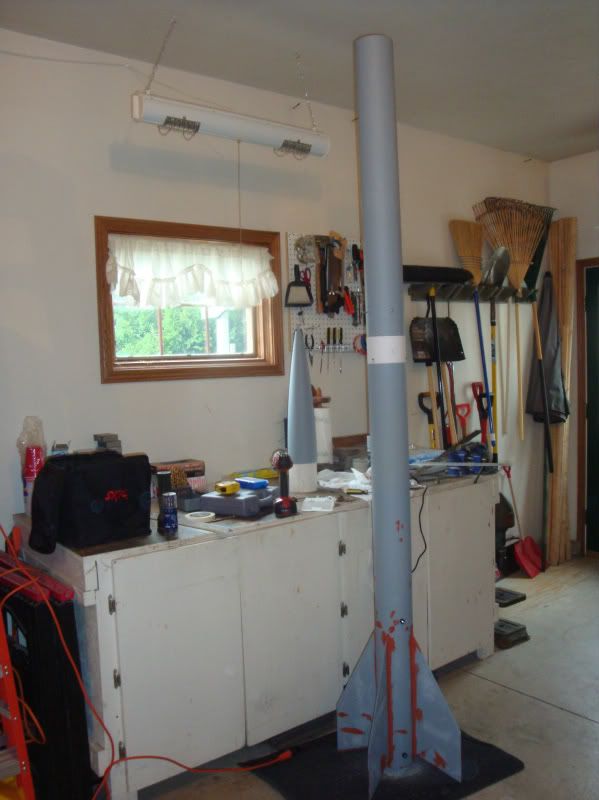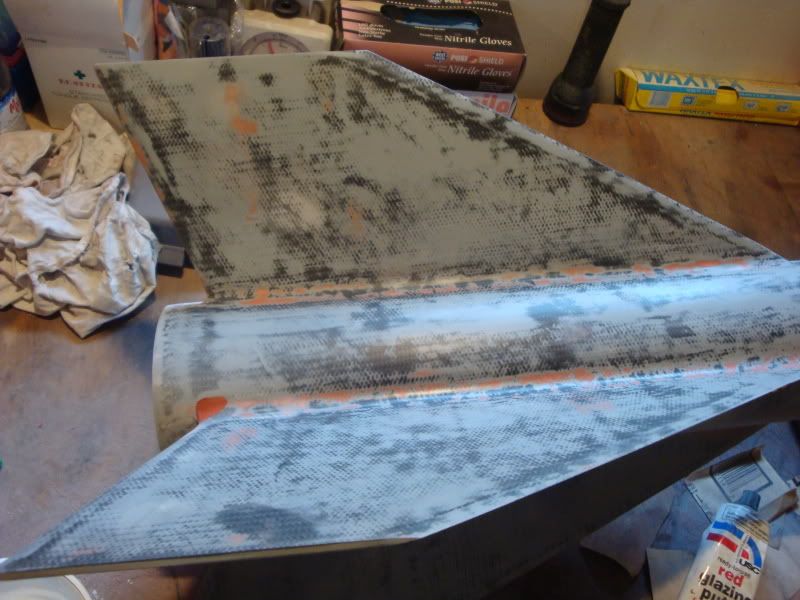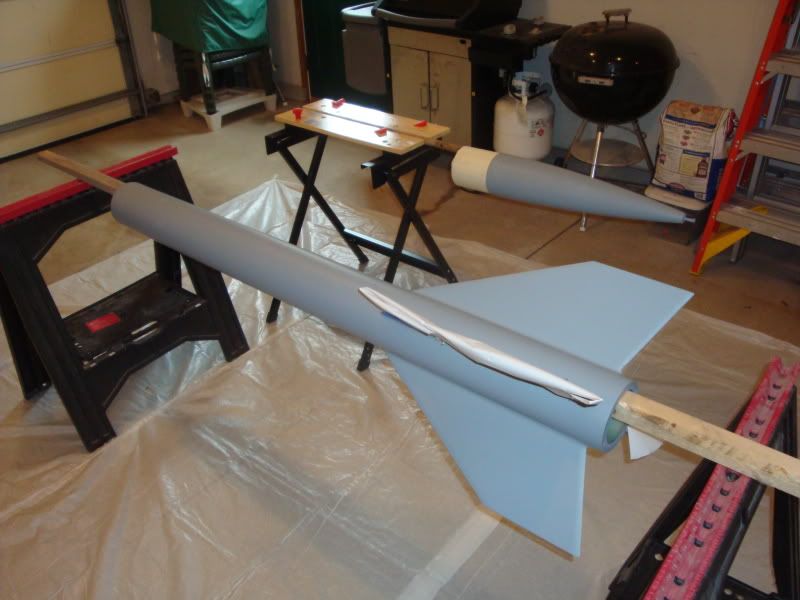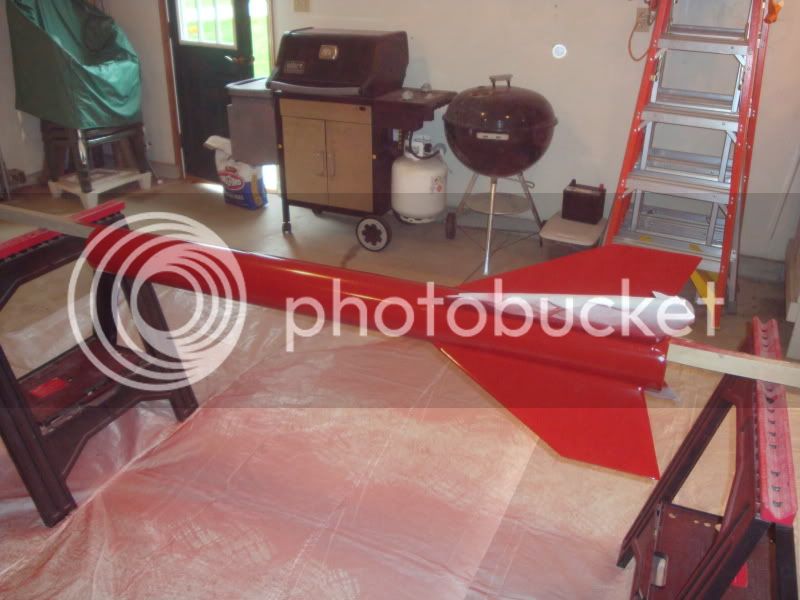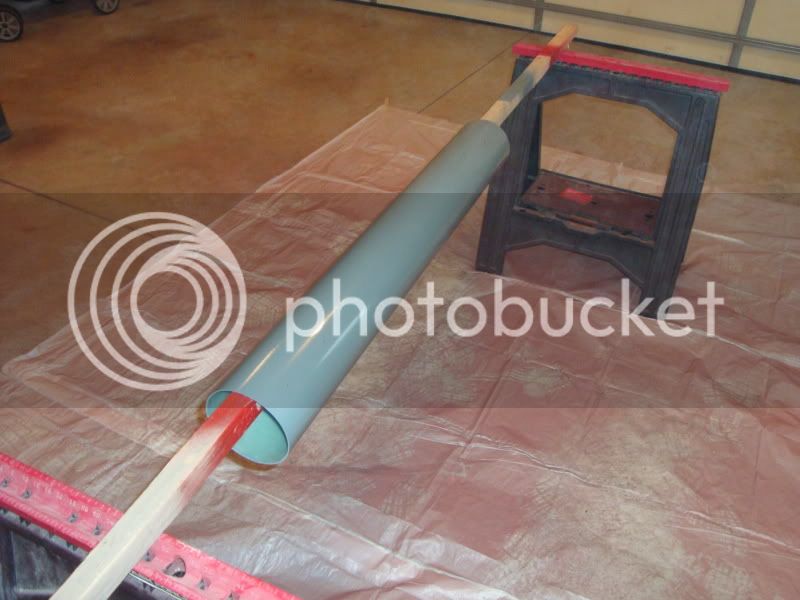ECayemberg
Well-Known Member
- Joined
- Jan 21, 2009
- Messages
- 2,877
- Reaction score
- 849
Time for a new addition to the fleet...one of the classics in my book...a Dynacom Tarantula. Well, it's actually a clone of the Tarantula although I'd happily purchase a true Tarantula if it was available.
The Tarantula was designed as a 2 stager, and was available from Eric Haberman at Dynamic Composites, Inc., or Dynacom in the 90's until Eric ceased production somewhere around the turn of the millenium. Eric later produced three rockets of the same basic design under the name "Air-X". I'm fortunate enough to have the Air-X Delamar, which is the 4.1" version with a 3" mount.
I picked up the parts for this rocket about two years ago, and am finally getting around to putting it all together. If all goes well, it will fly on an AMW N2800 White at Midwest Power over Halloween weekend this fall.
Let's get rolling. This build thread will be fairly concise, as time is short and projects are plentiful!
-Eric-
The Tarantula was designed as a 2 stager, and was available from Eric Haberman at Dynamic Composites, Inc., or Dynacom in the 90's until Eric ceased production somewhere around the turn of the millenium. Eric later produced three rockets of the same basic design under the name "Air-X". I'm fortunate enough to have the Air-X Delamar, which is the 4.1" version with a 3" mount.
I picked up the parts for this rocket about two years ago, and am finally getting around to putting it all together. If all goes well, it will fly on an AMW N2800 White at Midwest Power over Halloween weekend this fall.
Let's get rolling. This build thread will be fairly concise, as time is short and projects are plentiful!
-Eric-





